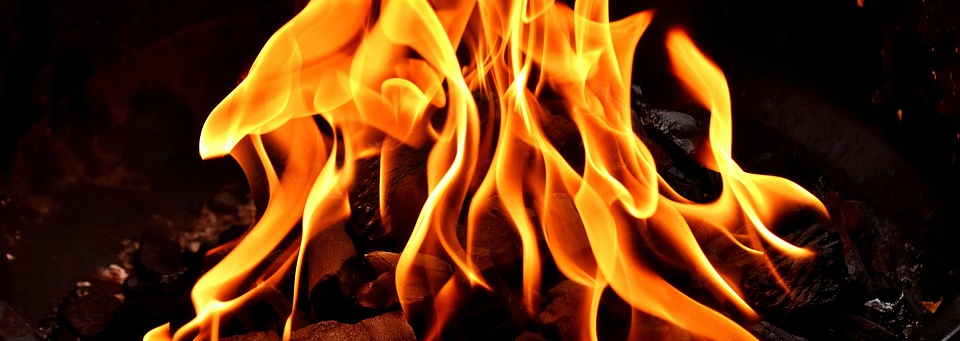
Winter Fire Risks: The Facts
As temperatures drop across the country, it is important to be aware of winter fire risks and how to stay safe.
Post-Holiday Hazards
The holidays are over but that Christmas tree is still standing in the window, waiting to be taken down. As other priorities arise, this may get shifted to the back burner. However, don’t let a dried up tree lead to tragedy at your house. According to the National Fire Protection Association (NFPA),
“Christmas trees are combustible items that become increasing flammable as they continue to dry out in your home. Nearly 40 percent of home fires that begin with Christmas trees occur in January. Although Christmas tree fires are not common, when they do occur they’re much more likely to be serious.”
This video by the U.S. Consumer Product Safety Commission (CPSC) shows just how quickly a burning tree can become an inferno. Make it a priority to take off the decorations and get the tree outside.
Candles are another fire threat this time of year. The NFPA indicates that 58% of candle fires start when items that can easily catch fire like bedding, furniture or decorations are too close to the candle. Be careful where you place candles and never leave them unattended.
Bring on the Heat
Nothing helps to get the chill out of your house like turning on the heater for a bit. But did you know that heating is the second leading cause of fires and death by fire in the United States (NFPA 2017)? As you can imagine, the winter months are when the most heating fires occur. Be sure space heaters are placed well away from any items that could ignite like clothes or bedding. And keep your heating equipment clean, including your chimney.
A further risk when using heating equipment is a carbon monoxide (CO) leak that can lead to CO poisoning. Heating devices like a furnace, fireplace or space heater can also release dangerous amounts of CO if they are in areas without proper ventilation or in confined spaces. Because CO is colorless, tasteless and odorless, you can be exposed to high quantities of it without realizing.
Additionally, the symptoms of CO poisoning are similar to the flu – headache, nausea and vomiting so it is hard to know when there is an issue. That is why it is essential to have CO detectors in your home which will alert you if the levels are above certain limits.
Outdoor Fires
According to HGTV.com, outdoor fire pits are the most frequently requested new home design element these days. While they can make for fun and cozy evenings socializing on the back patio, there are important safety measures to consider when creating a fire feature and when using it.
- First of all, be sure the fire pit is far enough away from your structures (home, garage, shed) as well as anything that could easily catch fire. HGTV.com suggests 10 feet as a good distance.
- While a warm fire feels so nice on a cold night, save these outdoor gatherings for a night without much wind. Otherwise, the embers can easily be blown outside of the pit and spread to flammable surfaces.
- Roasting marshmallows adds a fun element to the fire pit experience. Be sure children stand far enough away that they can’t get burned and that scarves, long hair and sleeves are not dangling near the flames.
- Be sure leaves and other debris have been cleaned up to avoid a spark spreading the fire.
- And finally, always have a water source close by and ready to go in case of an emergency.
See more tips on staying safe from winter fires: National Fire Protection Association Fire Safety.
We Can Help
Protect your home and loved ones from fire with a fire detection system from Cultris Security Systems. Smoke detectors, heat detectors and carbon monoxide detectors can alert you at the first sign of danger. Call us today at 281-506-8466 or visit us online.
HGTV.com Outdoor Fire Pits and Fire Pit Safety
NFPA Put a Freeze on Winter Fires

